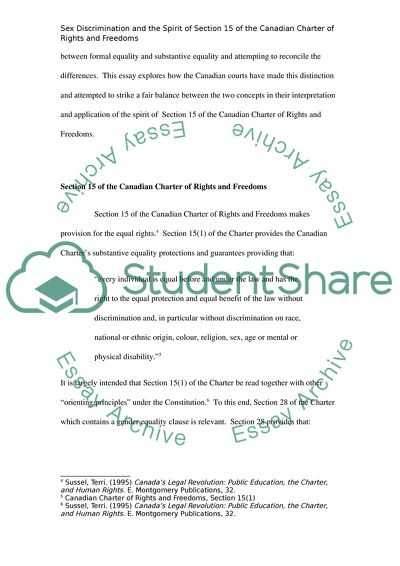Cite this document
(“Sex Discrimination and the Spirit of Section 15 of the Canadian Essay”, n.d.)
Sex Discrimination and the Spirit of Section 15 of the Canadian Essay. Retrieved from https://studentshare.org/law/1719375-womens-legal-studies
Sex Discrimination and the Spirit of Section 15 of the Canadian Essay. Retrieved from https://studentshare.org/law/1719375-womens-legal-studies
(Sex Discrimination and the Spirit of Section 15 of the Canadian Essay)
Sex Discrimination and the Spirit of Section 15 of the Canadian Essay. https://studentshare.org/law/1719375-womens-legal-studies.
Sex Discrimination and the Spirit of Section 15 of the Canadian Essay. https://studentshare.org/law/1719375-womens-legal-studies.
“Sex Discrimination and the Spirit of Section 15 of the Canadian Essay”, n.d. https://studentshare.org/law/1719375-womens-legal-studies.


